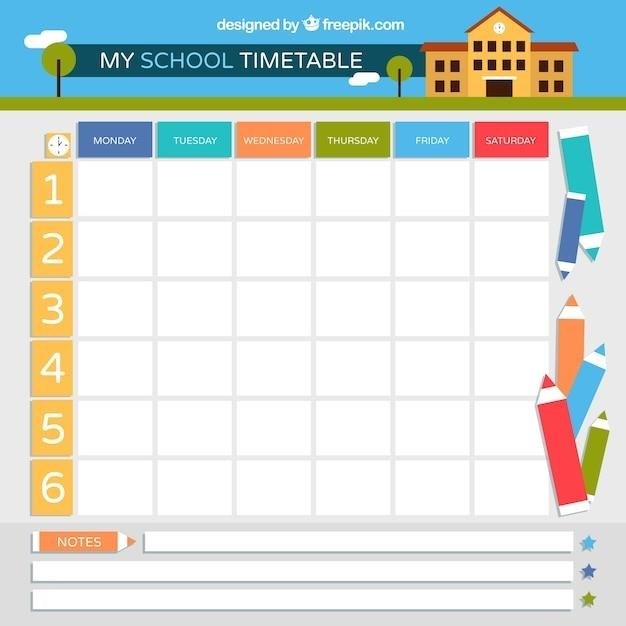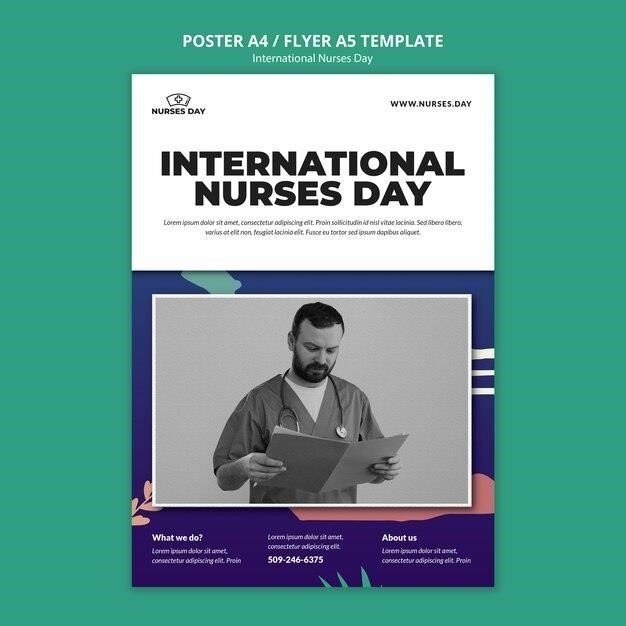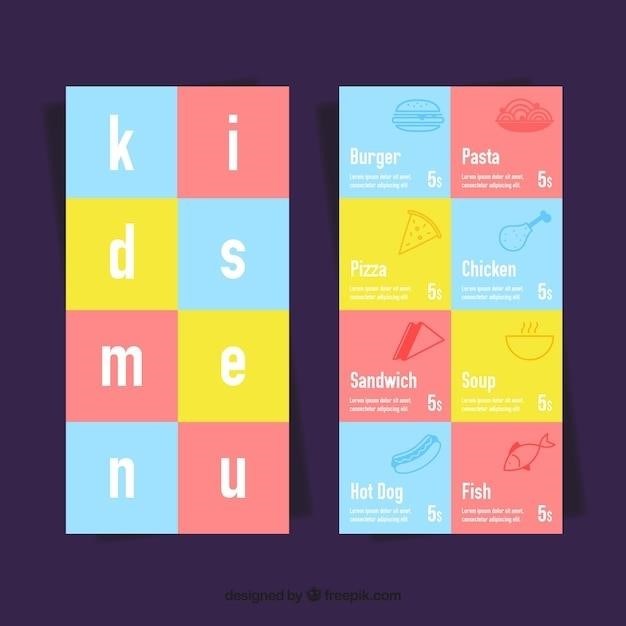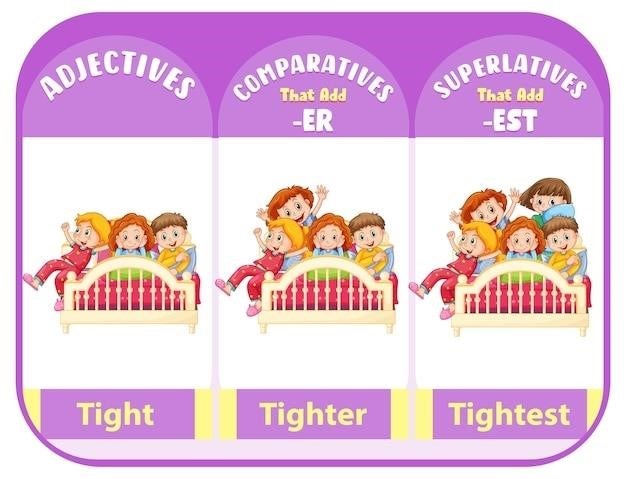JCPS 2024-2025 School Calendar⁚ Key Dates
The 2024-2025 school year for JCPS students begins on August 26th‚ 2024‚ and concludes on May 22nd‚ 2025‚ encompassing 168 student days totaling 1092 instructional hours. The calendar was finalized after parent‚ teacher‚ and administrator feedback.
First and Last Day of School
The official JCPS 2024-2025 school year calendar designates August 26th‚ 2024‚ as the first day of school for students. This date marks the commencement of instruction for the academic year. Conversely‚ the final day of school for students is scheduled for May 22nd‚ 2025. This date signifies the conclusion of regular classes and the start of summer break. The total number of student days in the academic year amounts to 168 days‚ providing a comprehensive learning experience for students. The approved calendar incorporates a total of 1‚092 instructional hours‚ carefully designed to meet state requirements. This calendar was developed after thorough consideration of various options and extensive feedback from parents‚ teachers‚ and school administrators‚ ensuring a well-balanced and effective schedule for the entire school community. The official JCPS website remains the most reliable source for the complete and updated calendar information. Parents and students are encouraged to consult this resource for the most accurate details.
Important Holidays and Breaks
The JCPS 2024-2025 school calendar includes several key holidays and breaks to provide students and staff with time for rest and observance. While specific dates for all holidays and breaks are readily available on the official JCPS calendar PDF‚ key dates mentioned in online sources include Thanksgiving break (November 25th-29th) and a Spring Break (March 31st ─ April 4th). Veterans Day (November 11th) is also observed‚ potentially as a day off or with adjusted school hours. It’s crucial to note that the official JCPS calendar PDF is the definitive source for accurate and complete holiday and break information. Parents and guardians are advised to consult this document for precise dates and any modifications to the original schedule. Remember that inclement weather may necessitate changes to the school calendar‚ leading to potential delays or closures. Staying updated through local media outlets or official JCPS announcements is recommended to ensure you’re aware of any unforeseen alterations. The calendar’s design aims for a balance between academic requirements and the need for breaks to support student well-being and family time.
Early Dismissal and E-Learning Days
The JCPS 2024-2025 school calendar incorporates provisions for early dismissals and e-learning days. While the precise number and dates of these instances are detailed in the official JCPS calendar PDF‚ online sources indicate at least one e-learning day is scheduled for October 25th. These early dismissals and e-learning days serve various purposes. Early dismissals might accommodate professional development for teachers‚ parent-teacher conferences‚ or other school-related events. E-learning days‚ on the other hand‚ offer flexibility in situations where inclement weather or unforeseen circumstances might disrupt in-person learning. It is essential to consult the complete JCPS calendar PDF for a comprehensive list of early dismissal and e-learning days to avoid any scheduling conflicts. Parents should ensure they have a reliable method of receiving notifications about any last-minute changes or additions to the schedule‚ especially concerning these types of days. The district aims to maintain open communication channels to keep families fully informed about early dismissals and e-learning days throughout the school year. Regularly checking the official JCPS website and local news sources is recommended.
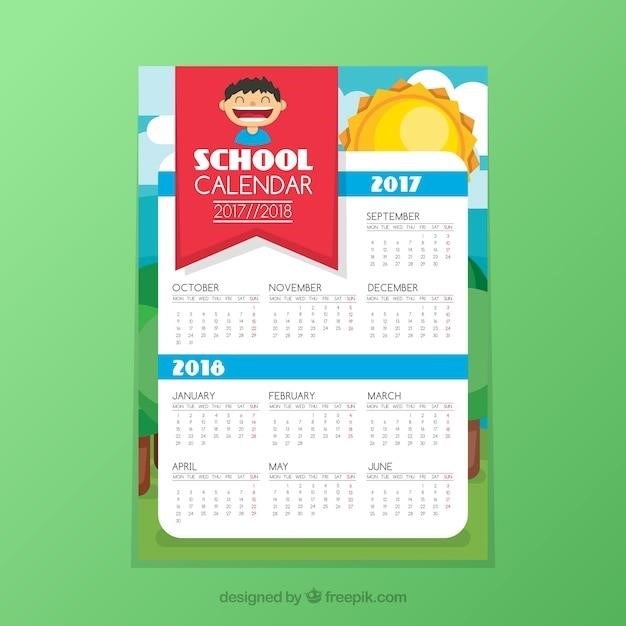
Accessing the Official JCPS Calendar
The most reliable source for the JCPS 2024-2025 school year calendar is the official JCPS website. Download the PDF calendar for the most accurate and up-to-date information.
Finding the PDF on the JCPS Website
To locate the official JCPS 2024-2025 school calendar PDF‚ navigate to the Jefferson County Public Schools website. The exact location may vary slightly depending on website updates‚ but generally‚ you should look for sections like “Parents‚” “Calendar‚” “School Year‚” or similar. These sections often contain links to downloadable calendars. The website might also have a search bar; using keywords like “2024-2025 calendar‚” “school calendar PDF‚” or “JCPS calendar” will likely yield the desired result. Once found‚ click the link to download the PDF file to your computer. Save the file to a location where you can easily access it throughout the school year. It’s recommended to print a copy for easy reference‚ or save it to your mobile device for convenient access on the go. Remember to check the website periodically for any updates or revisions to the calendar; unexpected changes may occur due to unforeseen circumstances. Always rely on the official JCPS website for the most accurate and up-to-date information.
Alternative Sources and Links
While the official JCPS website is the primary and most reliable source for the 2024-2025 school calendar‚ several other avenues might provide access to the PDF or related information. Local news websites and publications often publish school calendars for their area‚ including JCPS. Searching online using the keywords “JCPS 2024-2025 school calendar” in conjunction with the name of a local news outlet might yield results. Social media platforms like Facebook and Twitter could also provide links‚ although always verify the source’s authenticity and reliability before trusting the information. Parent-teacher association (PTA) websites or school-specific websites might also feature the calendar‚ especially if the school independently provides its own schedule with additional events. However‚ remember that these alternative sources may not always be completely updated or accurate; the official JCPS website remains the ultimate authority on the official calendar. Be aware of unofficial calendars circulating online that may contain errors. Always cross-reference with the official source to ensure accuracy.

JCPS Calendar Updates and Changes
The JCPS 2024-2025 school calendar underwent revisions‚ incorporating feedback and addressing unforeseen circumstances. Inclement weather may necessitate schedule alterations‚ communicated via local media and official announcements.
Revisions and Modifications to the Original Plan
The initial JCPS 2024-2025 school calendar draft‚ released earlier in the year‚ underwent several key revisions before its final adoption. The changes reflected feedback gathered from various stakeholders‚ including parents‚ teachers‚ staff‚ and administrators. The board considered multiple calendar options‚ carefully weighing their potential impacts on instruction time‚ student well-being‚ and logistical factors. The process involved open forums‚ online surveys‚ and individual consultations to ensure the final calendar effectively accommodated the diverse needs of the school community. Specific modifications included adjustments to the placement of holidays‚ professional development days‚ and breaks to optimize learning continuity and teacher preparation. Some originally scheduled non-instructional days were re-designated as regular school days to fulfill state-mandated instructional hour requirements without extending the school year into the summer months. These alterations ensured alignment with state regulations while maintaining a balance between academic rigor and student well-being. The final calendar aims to provide a workable and equitable schedule for all involved in the Jefferson County Public School system.
Impact of Weather on School Days
Inclement weather significantly impacts the JCPS school calendar‚ potentially necessitating schedule adjustments. Should severe weather conditions arise‚ JCPS utilizes various communication channels to inform families and staff about potential delays‚ early dismissals‚ or school closures. These channels typically include local news media outlets‚ the district’s official website‚ social media platforms‚ and automated phone alerts. Decisions regarding weather-related disruptions are made based on safety considerations‚ taking into account road conditions‚ transportation challenges‚ and the overall well-being of students and staff. Make-up days for missed instructional time due to weather are incorporated into the calendar’s contingency plans‚ ensuring that the required number of instructional hours is met. Parents and guardians are advised to regularly monitor the aforementioned communication channels for updates during periods of inclement weather. Proactive monitoring allows families to make informed decisions concerning student transportation and childcare arrangements during unexpected school closures or schedule alterations caused by adverse weather conditions. The district prioritizes student and staff safety above all else when making weather-related decisions.
Additional Information and Resources
For further details or inquiries‚ contact JCPS directly via phone or visit their official website. Helpful contact information and related district calendars are readily available online for easy access.
Contact Information for JCPS
While the provided text mentions phone numbers (573.659.3000 and 919-934-6031)‚ it’s unclear which‚ if either‚ is the correct contact number for Jefferson County Public Schools in Kentucky. The text also references Johnston County Public Schools in North Carolina‚ leading to potential confusion. To obtain the accurate contact information for JCPS in Kentucky‚ it’s crucial to consult the official JCPS website. This website should provide a comprehensive list of contact details‚ including phone numbers‚ email addresses‚ and physical addresses for various departments within the school district. Remember to verify any information obtained from unofficial sources against the official JCPS website to ensure accuracy. The official site will also likely offer multiple ways to contact the district‚ such as online forms or a dedicated contact page. Utilizing these official channels will guarantee you reach the correct department and receive a prompt response to your inquiries.
Related Calendars for Nearby Districts
The provided text mentions several school districts near Jefferson County Public Schools (JCPS)‚ including Oldham County Schools‚ Shelby County Schools‚ Bullitt County Schools‚ Greater Clark County Schools‚ and New Albany-Floyd County Schools. Locating the calendars for these districts requires individual searches. Searching online using the district name and “2024-2025 school calendar” should yield the desired results. Many school districts maintain their own websites‚ which are usually the best place to find official calendars in PDF format. These websites often have a dedicated section for parents and students‚ where important documents like school calendars are readily available. If a district’s website proves difficult to navigate‚ consider searching directly on the internet using a search engine like Google or Bing; Remember to exercise caution and only use official school district websites or reputable news sources for calendar information. Avoid using unofficial or less trustworthy sources‚ as they may contain inaccurate or outdated data. Always double-check the source’s authenticity before relying on the information provided.
